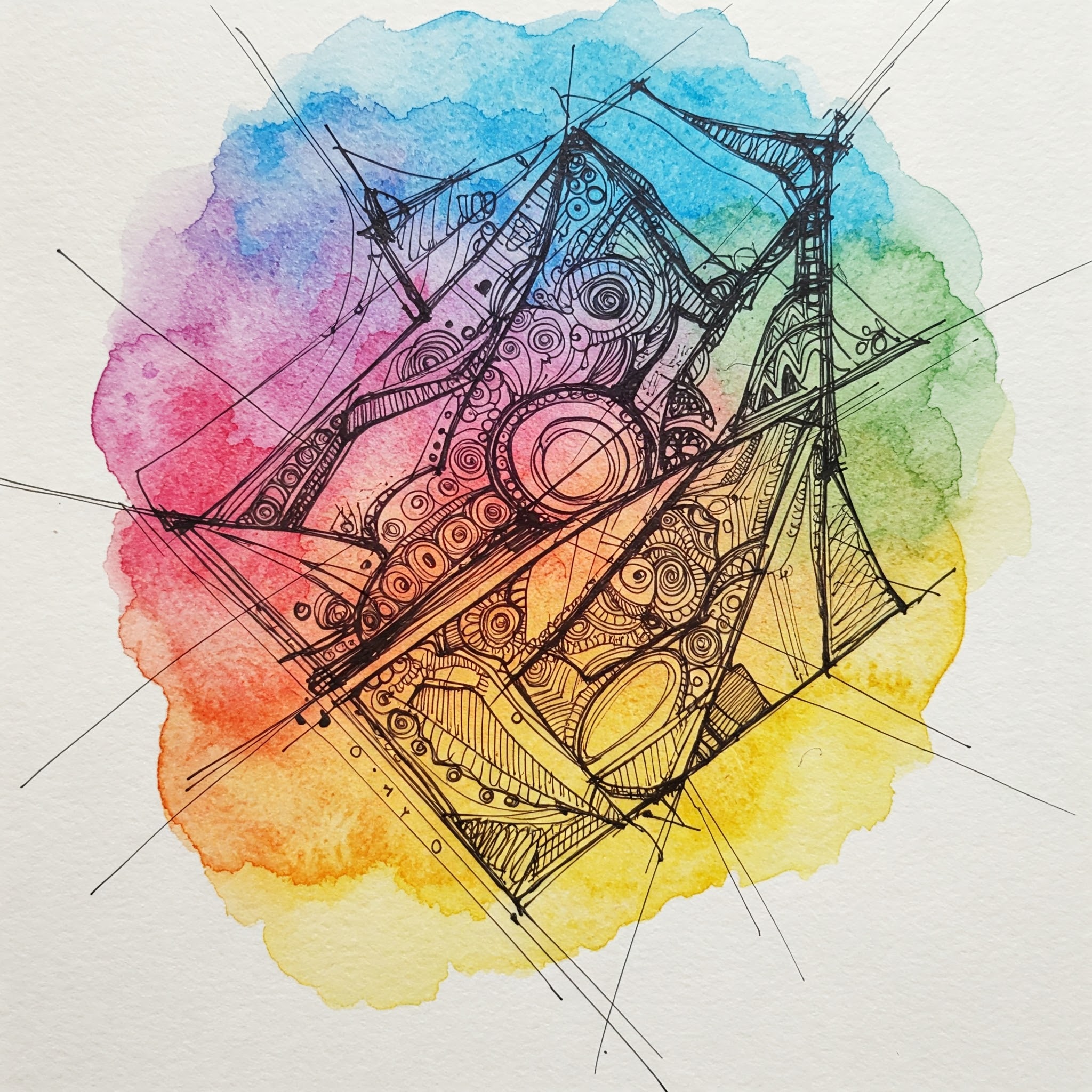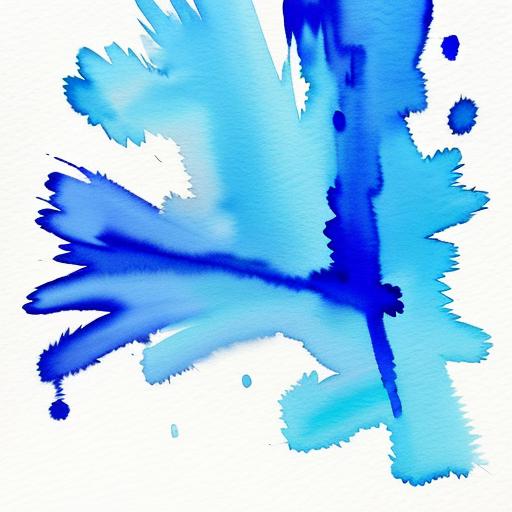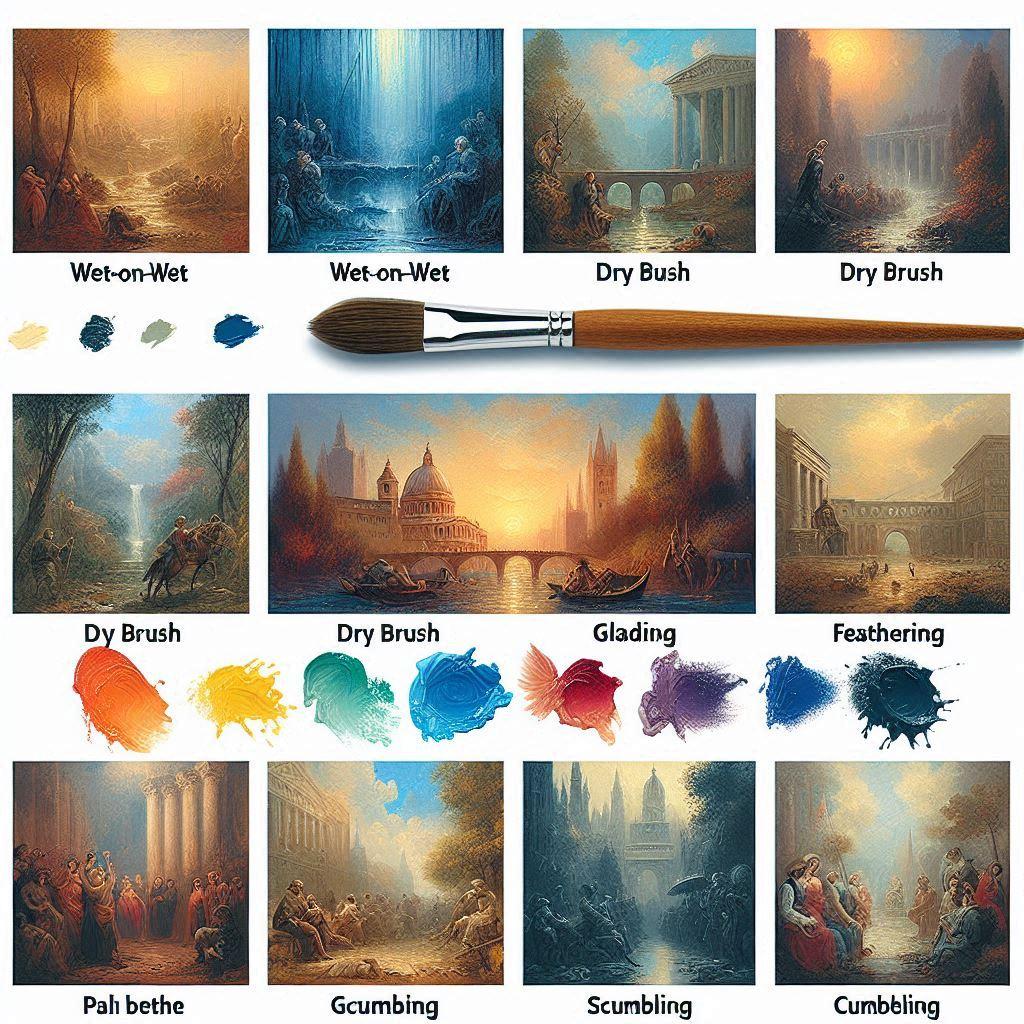Have you ever looked at a painting and wondered, “How did they DO that?” Art techniques are like magic tricks that artists use to create amazing pictures! Whether you’re just starting to draw or you’ve been painting for years, learning different art techniques can make your artwork pop and help you express your ideas in super cool ways.
Key Points About Art Techniques
- Art techniques are special methods artists use to create different effects
- Learning various techniques helps you express your ideas better
- Techniques have changed throughout history as artists experimented
- You don’t need fancy supplies to try many basic techniques
- Digital and traditional techniques can be mixed for amazing results
Painting Techniques That Will Blow Your Mind!
Watercolor Magic
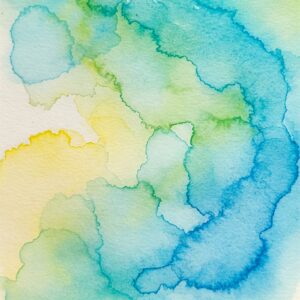
Watercolor painting is like having a colorful adventure on paper! When you add water to these special paints, they flow and blend in ways that can create dreamy skies, flowing rivers, or misty mountains.
Try this cool technique: Create a watercolor wash background by wetting your paper first, then dropping in different colors and watching them swim together! It’s like making a tiny colorful ocean right on your paper.
“Watercolor is like life. Better get it right the first time – you don’t get a second chance!”
Sergei Bongart
Oil Painting Superpowers
Oil paints were used by old masters like Leonardo da Vinci, but they’re still super popular today! What makes oil paints special is that they stay wet longer, so you can keep working on your painting for days.
Amazing oil technique: Impasto is when you put paint on REALLY thick so it sticks up from the canvas. Van Gogh used this technique to make his paintings look like they’re moving!
Acrylic Adventures
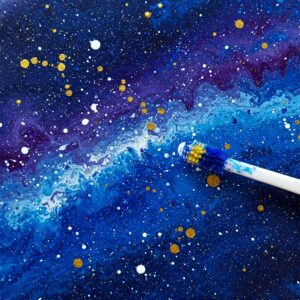
Acrylic paints dry super fast and can be used on almost anything – canvas, paper, wood, even rocks! They’re perfect for trying out different techniques without waiting forever.
Fun acrylic technique: Try splattering paint by flicking a toothbrush loaded with watered-down acrylic. It makes awesome star fields for space pictures or texture for grassy fields!
Drawing Techniques Anyone Can Master
Lines That Tell Stories
Lines might seem simple, but they can show so much! Thin, delicate lines can make something look fragile, while bold, thick lines make things look strong and powerful.
Try this: Practice making different kinds of lines – zigzag, wavy, straight, curved. Each type creates a different feeling in your drawing!
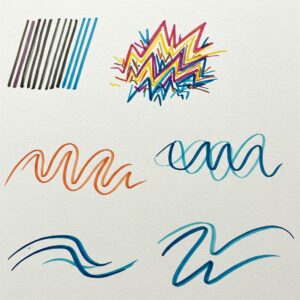
Shading That Makes Flat Drawings Pop!
Shading is how artists make flat drawings look 3D. It’s like magic that turns a circle into a ball!
| Shading Technique | What It Looks Like | When To Use It |
|---|---|---|
| Hatching | Parallel lines | Quick sketches |
| Cross-hatching | Criss-crossed lines | Darker shadows |
| Blending | Smooth transitions | Realistic drawings |
| Stippling | Tiny dots | Texture and detail |
Cool technique to try: Cross-hatching is super easy to start with – just draw lines in one direction, then draw another set going the opposite way. The more lines that cross, the darker the shadow looks!
Sculpture Techniques: Art You Can Touch!
Sculpture is different from drawing and painting because you can see it from all sides. It’s art in 3D!
Carving: Taking Away to Create
Carving is when artists start with a big piece of material (like wood or stone) and chip away everything that doesn’t belong in their sculpture. It’s like finding a hiding statue inside a block!
Modeling: Building Up From Nothing
Modeling is the opposite of carving. Instead of taking away, you add material (like clay) until you’ve built your sculpture. It’s like playing with play-dough, but making something that lasts!
Fun project idea: Try making a small clay animal using the modeling technique. If you don’t have clay, you can make homemade play dough with flour, salt, and water!
Digital Art Techniques: Art on Computers!
Digital art lets you create without messy supplies, and you can undo mistakes with the click of a button!
Digital Painting Basics
Digital painting uses a computer or tablet instead of real paint, but many of the same techniques apply. You can still create brushstrokes, blend colors, and add texture.
Cool digital technique: Many digital art programs let you create art on different “layers” – like having clear sheets stacked on top of each other. This means you can draw the background on one layer and characters on another!
Pixel Art: Building Pictures Dot by Dot
Pixel art uses tiny colored squares (pixels) to create images, kind of like making a picture out of tiny LEGO blocks. It might seem simple, but pixel artists can create amazing scenes with just a few colors!
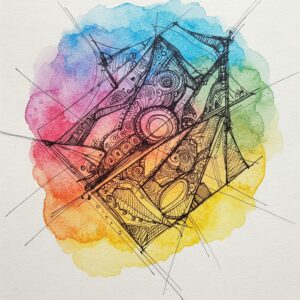
Mix and Match: Combining Techniques for Amazing Results
The coolest thing about art techniques is that you can mix them together to create your own style! Many famous artists became known for combining techniques in new ways.
Awesome mixed technique: Try drawing with pen and then adding watercolor over it. The pen lines stay put while the watercolor adds beautiful colors!
Art Techniques Through History: A Time Travel Adventure!
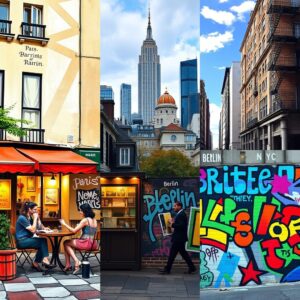
Art techniques have changed a lot throughout history:
- Cave painters used fingers and sticks to create amazing animal pictures
- Ancient Egyptians created flat pictures with special poses and rules
- Renaissance artists discovered how to make things look 3D with perspective
- Impressionists used tiny brushstrokes of pure color to capture light
- Modern artists mix traditional techniques with new technology
Art Techniques for Beginners: Where to Start?
If you’re new to art, all these techniques might seem overwhelming, but don’t worry! Here are some super easy ones to try first:
- Pencil shading: Practice making areas darker and lighter with just a pencil
- Watercolor washes: Just add water to watercolor paint and spread it across paper
- Collage: Cut out pictures from magazines and arrange them in new ways
- Found object printing: Press objects like leaves or bottle caps into paint, then onto paper
Why Learning Different Techniques Makes You a Better Artist
Learning different techniques is like filling your artist toolbox with cool tools. The more techniques you know, the more choices you have for creating your art!
Different techniques can help you:
- Show different textures (like smooth metal or fluffy clouds)
- Create different moods (peaceful, exciting, mysterious)
- Solve tricky art problems (like how to make something look far away)
- Develop your own unique style that’s totally YOU!
Conclusion: Your Amazing Art Journey Begins!
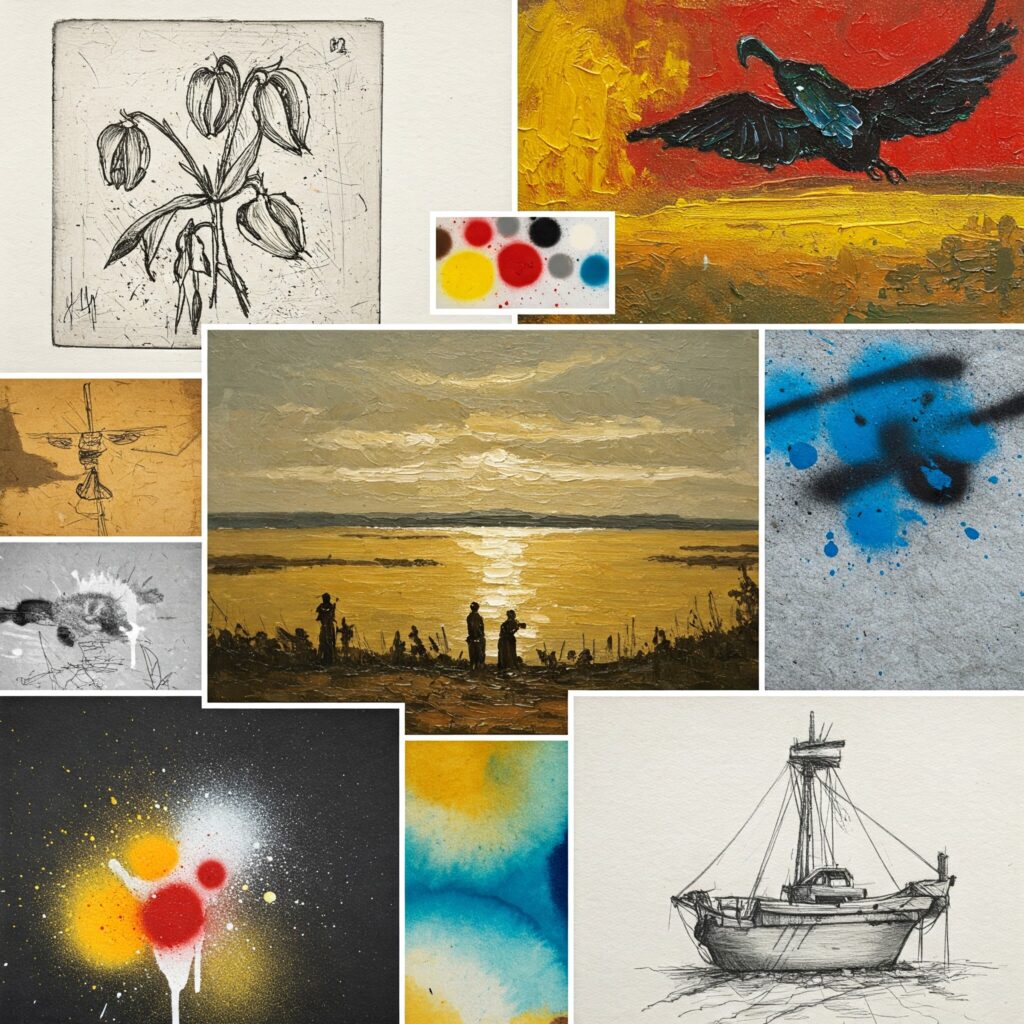
Art techniques aren’t just for “real artists” – they’re for EVERYONE who wants to create! The best way to learn is to experiment and have fun. Don’t worry about making mistakes—that’s how the coolest new techniques get discovered!
Remember, every amazing artist started as a beginner. The difference between beginners and masters is practice and willingness to try new techniques!
What art technique will YOU try first? Grab some supplies, check out some art project ideas, and start your creative adventure today!

